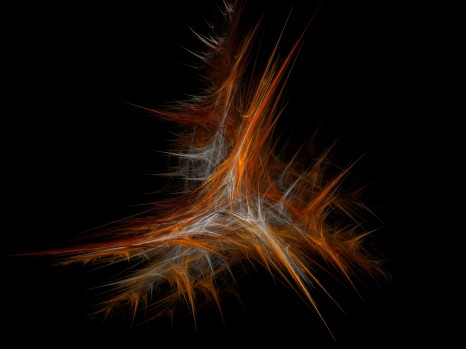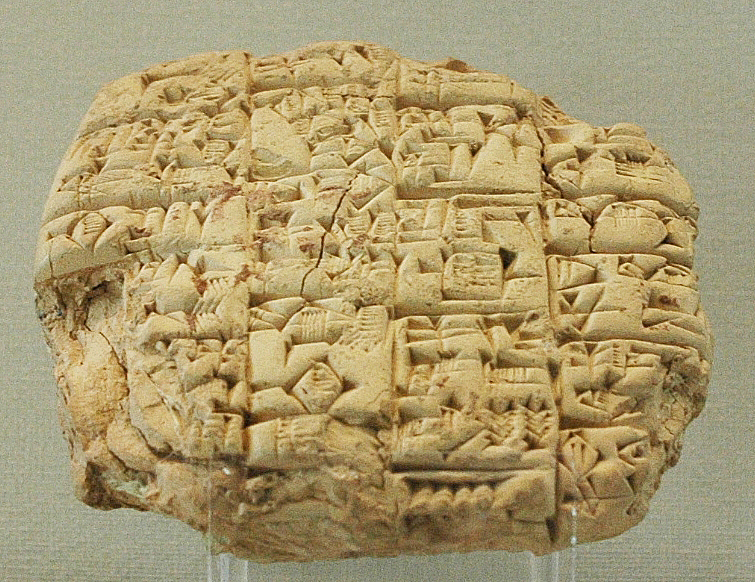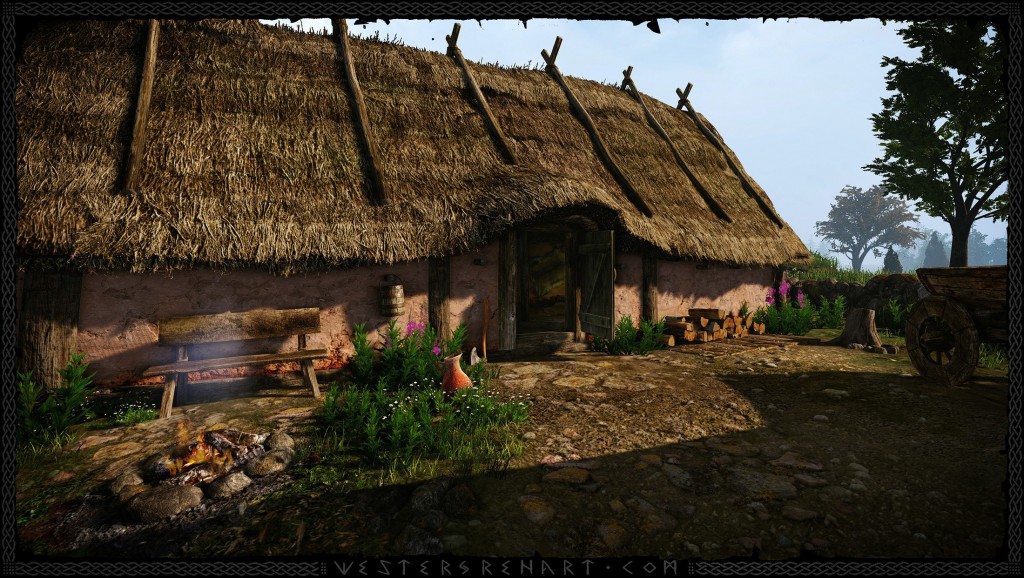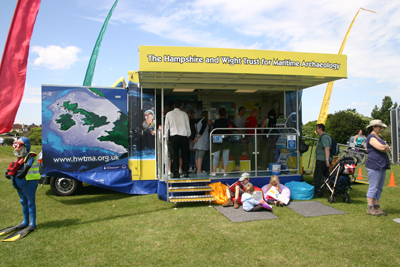
Modelling Complexity
A Fractal Flame
Complexity has become a new paradigm in the hard sciences in the 90s and since then it has been slowly dripping into the social sciences and humanities. It works on the premises that many systems are complex in structure, i.e. their numerous individual parts interact with each other in a non-linear way producing phenomena which cannot be easily predicted solely on the basis of their characteristics.
Continue reading →








